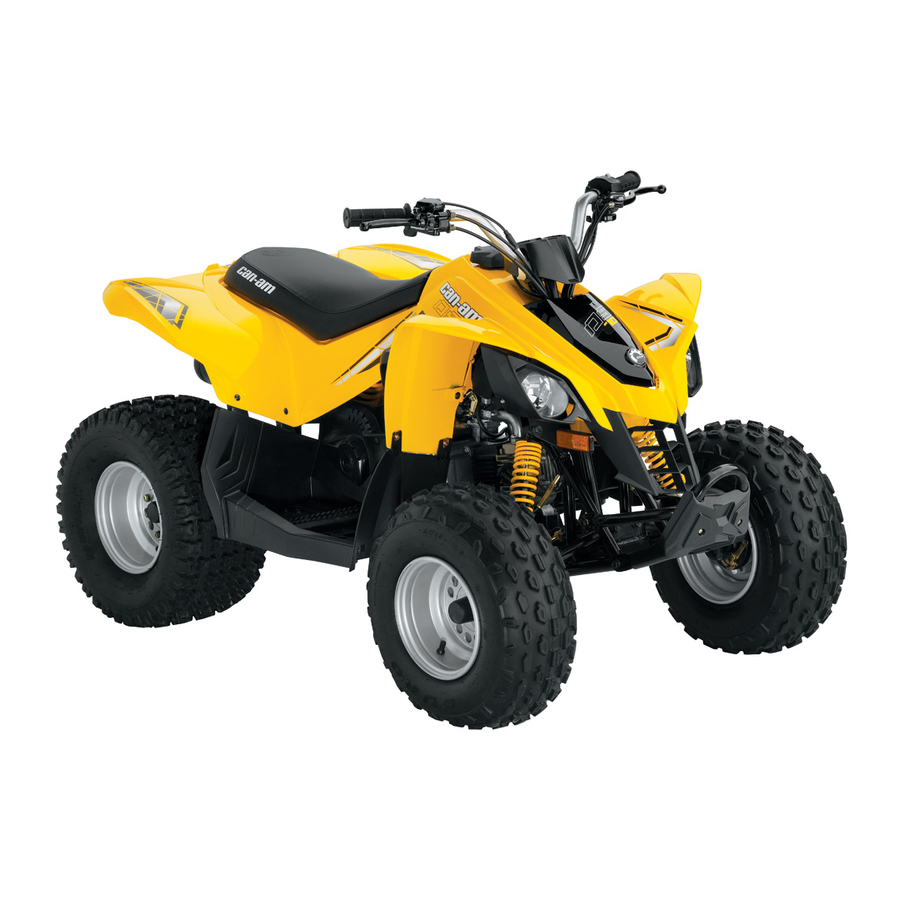
Can-Am DS 70 Operator's Manual
Hide thumbs
Also See for DS 70:
- Operator's manual (144 pages) ,
- Operator's manual (136 pages) ,
- Operator's manual (132 pages)
Table of Contents
Advertisement
Quick Links
Advertisement
Table of Contents

















Need help?
Do you have a question about the DS 70 and is the answer not in the manual?
Questions and answers